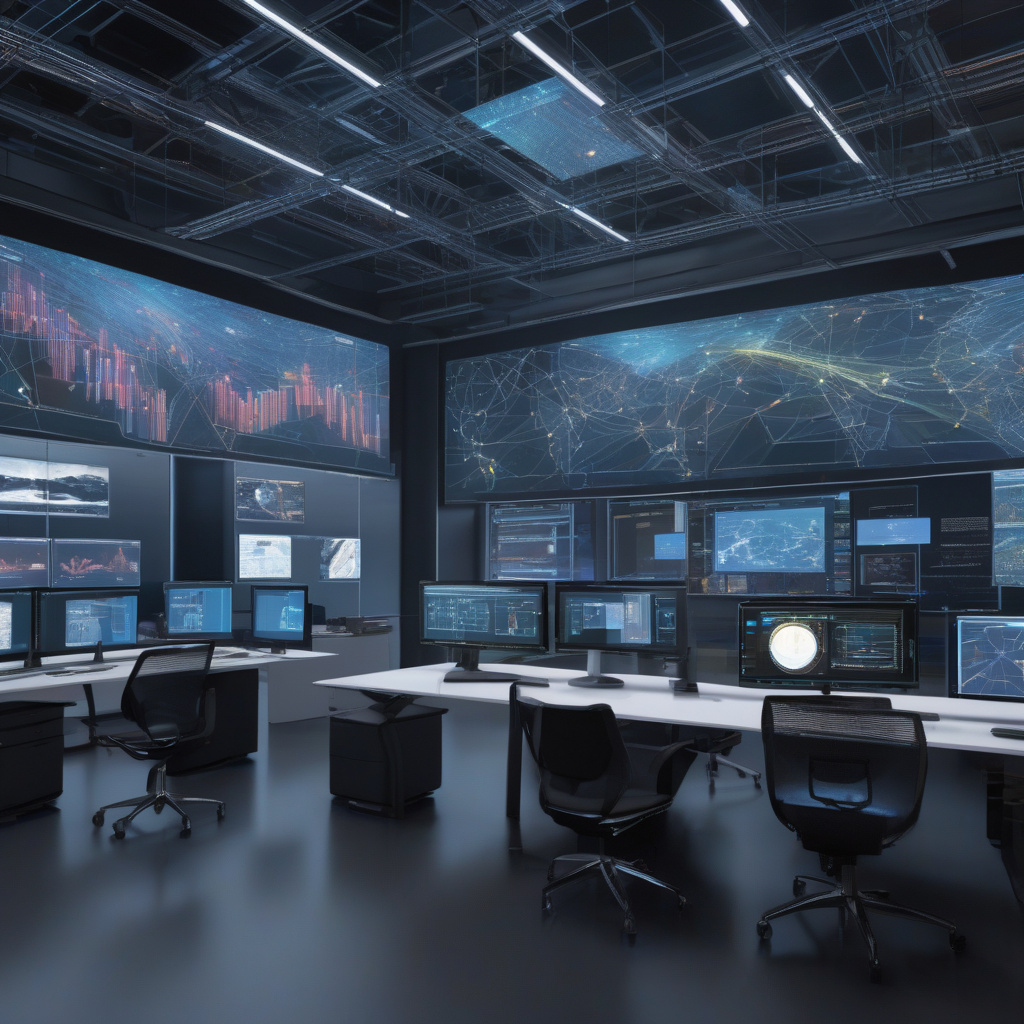The landscape of machine learning systems is expanding rapidly, moving beyond the confines of traditional notebooks. In a recent article by Lakshmithejaswi Narasannagari, the focus is on building observable machine learning systems that offer enhanced transparency and monitoring capabilities, particularly in the context of credit card fraud detection. This shift towards observability is crucial for ensuring the reliability, performance, and interpretability of machine learning models in real-world applications.
One of the key highlights of the article is the integration of various tools to construct a robust machine learning pipeline with observability at its core. By leveraging technologies such as MLflow, FastAPI, Streamlit, Apache Kafka, Prometheus, Grafana, and Evidently AI, developers can not only train and deploy models but also gain valuable insights into their behavior and performance across different stages of the pipeline.
MLflow, for instance, provides a comprehensive platform for managing the end-to-end machine learning lifecycle, enabling practitioners to track experiments, package code, and deploy models seamlessly. FastAPI, known for its high performance and ease of use, serves as an efficient framework for building APIs that expose machine learning functionalities to other components of the system.
Streamlit, on the other hand, offers a simple yet powerful way to create interactive web applications for showcasing machine learning models and results. By incorporating Apache Kafka for real-time data streaming, developers can ensure that their systems remain responsive to dynamic changes and evolving patterns in the data.
Prometheus and Grafana play a vital role in monitoring the performance of machine learning models and infrastructure, providing metrics, visualizations, and alerts to facilitate proactive decision-making and troubleshooting. Additionally, Evidently AI offers explainability and model validation capabilities, allowing developers to interpret model predictions and ensure their alignment with business objectives.
The holistic approach to building observable machine learning systems outlined in the article underscores the importance of transparency, accountability, and continuous monitoring in modern AI applications. By embracing these tools and practices, organizations can enhance the trustworthiness of their machine learning solutions, mitigate risks such as bias and drift, and ultimately deliver more reliable and impactful results to end-users.
As the field of machine learning continues to evolve, the emphasis on observability will only grow stronger, driving the adoption of tools and techniques that enable developers to navigate the complexities of AI systems with confidence and clarity. By staying abreast of these trends and incorporating observability into their workflows, IT and development professionals can unlock new possibilities for innovation and value creation in the realm of machine learning.
In conclusion, the journey beyond traditional notebooks towards building observable machine learning systems represents a significant paradigm shift in the way we conceptualize, develop, and deploy AI solutions. With the right tools, frameworks, and methodologies at their disposal, developers can pave the way for a future where machine learning is not just a black box but a transparent and accountable technology that empowers organizations to make informed decisions and drive meaningful outcomes.

